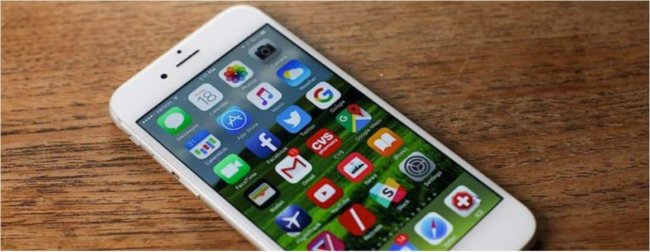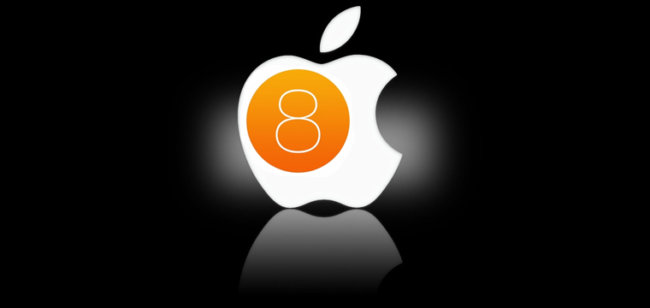The new iPhones look like the old iPhones. They sound like the old iPhones. They do the same things as the old iPhones. Just slightly better, more colorfully, and less expensively than the old iPhones. This might seem disappointing: even Apple’s phones are boring now. But this is an ideal state of affairs.
The original iPhone, released in June, 2007, gave birth to the modern smartphone era: browsing restaurant menus on a sidewalk, watching a movie on a bus, tweeting from the subway and posting photos of a newborn to Facebook the second it opens its eyes. What we can do now, six years later, has not fundamentally changed since then. It’s easier or faster—forty times faster, according to Apple—or higher resolution, or all of the above. To wit, the iPhone 5S has few genuinely new features, and those that it does have are nearly invisible. In order of importance, they are: a built-in fingerprint scanner to replace passwords, faster chips, a higher-quality camera, and a gold body. The iPhone 5C is essentially the exact same as the current iPhone 5, but shoved into a brightly colored plastic, rather than aluminum, shell and sold for a hundred dollars less than before.
Fundamental technology, like manufacturing processes for processors and imaging sensors and displays, have evolved to the point that the basic shape and sense of a phone—a thin rectangle with a four-to-five-inch high-resolution touch screen stuffed with a variety of sensors—is determined now largely based on its merits rather than its outright technical limitations, much the same way that the basic shape of a knife is defined by its function rather than our ability to produce it. (The biggest technical limitation for mobile devices now is battery technology, which has not seen a true breakthrough in decades.)









